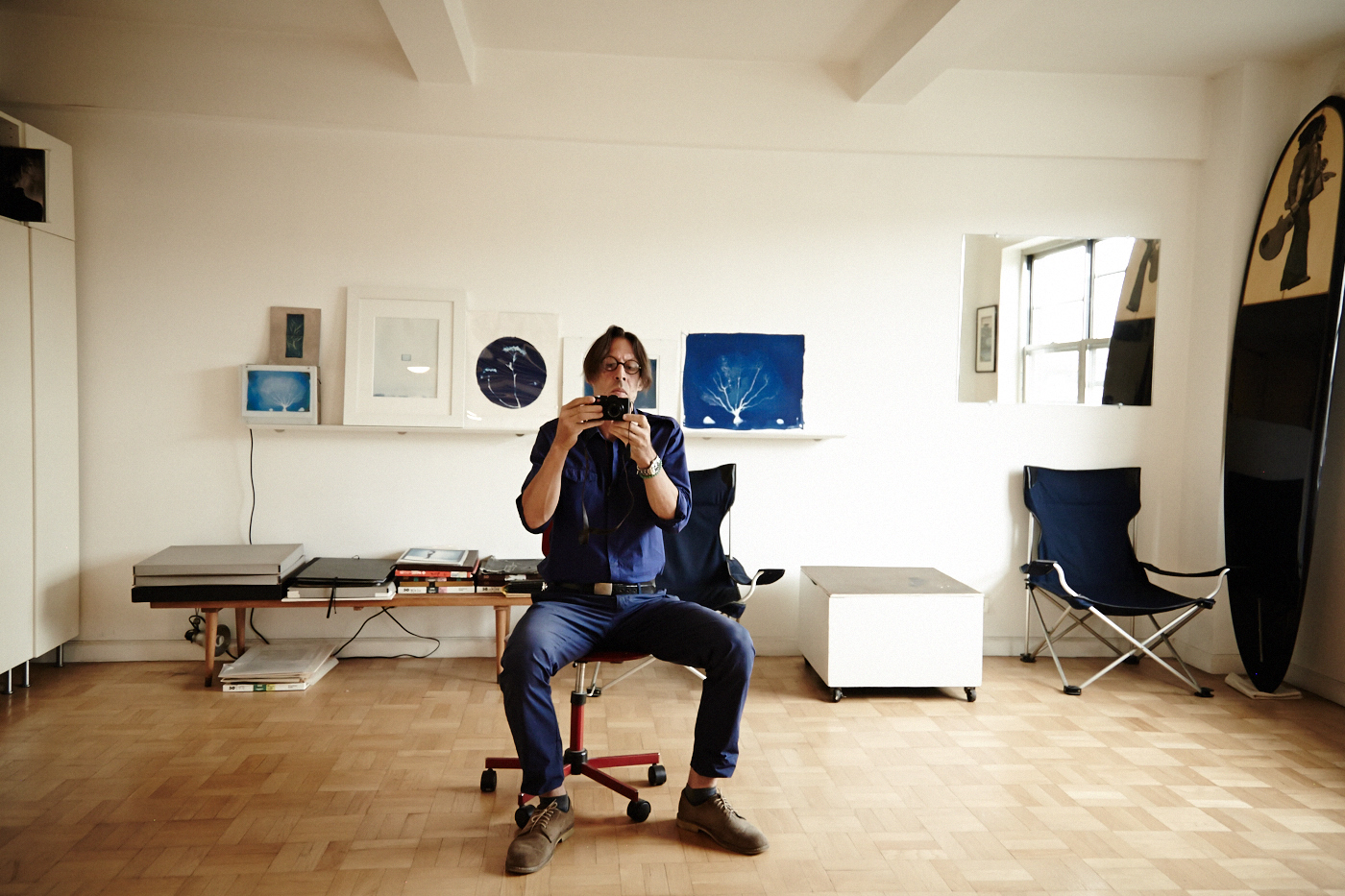The realm of scientific discovery is often dominated by towering figures whose names adorn textbooks and scholarly articles. Yet, beneath this celebrated pantheon of brilliance lies a labyrinth of unsung heroes—individuals whose contributions, though obscured by the broader narrative of history, have been pivotal in the advancement of knowledge. This reverberates across myriad fields, suggesting that the canon of discovery is not merely a compilation of well-publicized breakthroughs but rather a tapestry woven from the threads of countless lesser-known innovators.
To elucidate the concept of the hidden genius, it is instrumental to consider the multifaceted nature of their contributions. Their impacts can be categorized into three distinctive, yet interconnected, domains: the foundational theorists, the meticulous experimenters, and the visionary collaborators. Each archetype demonstrates the formidable influence of those who operate beyond the limelight, providing substantive insights into the complex architecture of scientific progress.
Foundational Theorists
Embedded in the annals of scientific inquiry are foundational theorists—thinkers who have conceptualized frameworks that underpin contemporary understanding. Their efforts often precede empirical validation and serve as the intellectual scaffolding upon which more publicized discoveries are built. One marvel is the collective work of those who contributed to the theory of relativity prior to Einstein’s renowned formulation. Figures such as Henri Poincaré and H. Lorentz engaged in seminal theoretical work that foreshadowed the ground-breaking implications of space-time. Their roles, though less heralded, are intrinsic to the relativity narrative, illustrating how the intricate development of ideas is often a communal enterprise rather than the achievements of solitary geniuses.
In similar fashion, the contributions of early geneticists who developed foundational principles of inheritance often go unnoticed. Gregor Mendel’s initial discoveries in the garden of a monastery barely registered any recognition during his lifetime. Yet, his posthumous acclaim is testament to the eventual recognition of the profound implications of his work. In retrospect, his meticulous crossbreeding experiments with pea plants encapsulated what would burgeon into modern genetics. The quiet persistence of such theorists underscores a broader theme: the genesis of revolutionary ideas frequently rests on those who toil in obscurity, driven by their insatiable curiosity.
Meticulous Experimenters
While theories provide the guiding principles, meticulous experimenters translate these abstract concepts into verifiable phenomena. Their painstaking activities often involve trial and error, resilience in the face of failure, and an unwavering commitment to empirical truth. The narrative of discovery is replete with instances of experimenters who, despite facing skepticism or insufficient recognition, ultimately forged paths to transformative advancements.
Take, for example, the case of Rosalind Franklin, whose pioneering work with X-ray diffraction laid the groundwork for the elucidation of the DNA double helix structure. Although her legacy was largely eclipsed by the more public achievements of James Watson and Francis Crick, her contribution was indispensable. The high-resolution photographs she produced enabled accurate models of DNA formation, which remain foundational to genetic science today. Such scenarios epitomize the broader plight of meticulous experimenters: their dedication may be overshadowed, yet their pivotal roles persist in the shadows of scientific lore.
Moreover, these experimenters often push the boundaries of existing technologies to unveil new possibilities. Their relentless quest for accuracy and understanding reflects a cultural essence of inquiry that transcends individual recognition. Behind each experiment lies the unheralded labor of those who dare to venture into the unknown, persistently refining techniques and procedures that are integral to discovery. Their narratives serve as reminders that knowledge is cumulatively constructed—a product of numerous explorations that forge connections between theory and praxis.
Visionary Collaborators
The third category of hidden geniuses comprises visionary collaborators who foster interdisciplinary dialogues and partnerships. Collaboration, in essence, is a crucible of innovation that merges diverse expertise to confront complex scientific challenges. While the spotlight often shines upon headline-grabbing leaders, the collective genius necessitates a harmonious interplay among varied operators. This synergy of intellect catalyzes progress unimaginable through solitary effort.
The advent of the Human Genome Project exemplifies this transformative potential. This extensive collaboration united researchers from myriad fields—genetics, computational biology, and epidemiology—establishing a framework for genomic research. Behind the scenes, many contributors played critical roles, devising innovative methodologies and algorithms essential for navigating the vast landscape of genetic information. The project not only highlighted the necessity of broad cooperation but also attested to the indispensable contributions of those whose names remain largely unrecognized.
Furthermore, the cross-pollination of ideas often leads to serendipitous discoveries that may have unforeseen consequences. Quiet practitioners in labs, conferences, and workshops catalyze insights that redefine paradigms. The interplay of various disciplines illuminates a core tenet of scientific advancement: the understanding that no single narrative can encapsulate the intricacies of discovery, as it unfolds through an ensemble of contributions.
In summation, the tapestry of discovery is richly woven with the stories of hidden geniuses—foundational theorists, meticulous experimenters, and visionary collaborators. Their collective influence underscores the essence of scientific inquiry: advancement is seldom the product of solitary brilliance but rather a symbiotic interplay of individuals dedicated to the pursuit of knowledge. Recognizing these unsung heroes is imperative; their contributions elucidate the complexity of scientific progress and challenge the prevailing narratives that often amplify individual achievements over collaborative endeavors. By shedding light on their roles, a more nuanced understanding of discovery emerges—one that celebrates the myriad influences that shape our pursuit of truth and understanding.












